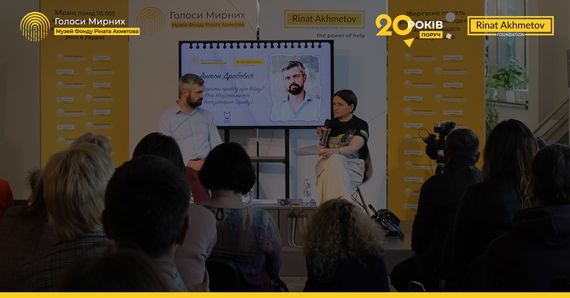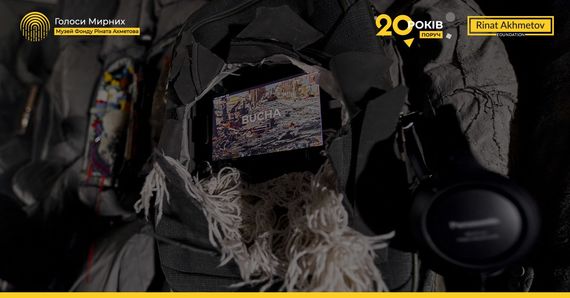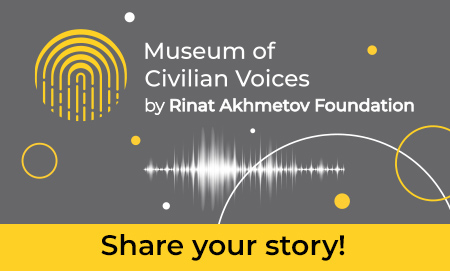The stories of saving people - for the memory of future generations
People should remember the good deeds, and future generations should be brought up on this example. Therefore, it is extremely important to preach about those who are willing to devote their time and energy selflessly to alleviate the sufferings of those caught in a difficult situation.
In the museum of the “Northern Mining and Processing Plant” and in the cultural center of “Inhulets Mining and Processing Plant" in Kryvyi Rih there opened permanent exhibitions, telling about the activities of the largest humanitarian mission in Ukraine - Rinat Akhmetov Humanitarian Center. The visitors can learn about its charitable activities, visiting the museums and other enterprises of the SCM Group.
Northern Mining and Processing Plant of Kryvyi Rih did not stay on the sidelines of the tragic events in Donbas and joined the work of the Humanitarian Center. Volunteers collected clothes for the internally displaced persons.
“We are compassionate to people who have been living in the frontline for four years now,” says Olha Lukianenko, the Director for Human Resources and Social Policy at Northern GOK. “We know how much the Center has done to support those who are difficult to get through. This exhibition will help our employees, their children and retired workers to receive reliable information about the scale of important and necessary assistance at this difficult time.”
First and foremost the exhibition is dedicated to the Humanitarian Center, providing assistance to Donbas civilians three years in a row. Photographs, documents, video materials tell us about the most difficult and tragic days that we have experienced.
“We have a large historical museum,” Tetiana Sheludko, the director of Northern GOK museum, says. “We are glad that we can supplement our expositions in this way. The exhibition about the Humanitarian Center activities is part of our history. Our employees took part in the activities of the Center delivering humanitarian aid to the internally displaced persons in Odesa region.”
In order to feel how important the moral and material support is for Donbas residents, you can see the stories of some IDPs in the exhibition. According to them, Donbas tragedies seem remote, until you personally face all the difficulties and hardships.
“On February 17, 2017, we felt the horror of the war. There was a usual quiet evening, we were at home, and suddenly the lights went out,” Oksana Budzak recalls. “A few minutes later we were running to the basement, as we realized that a shell had exploded near the house. My son and husband were wounded. Thanks to the help of the Humanitarian Center, my son was able to undergo rehabilitation in a sanatorium.”
“It is obvious that the assistance should be as quick and effective as possible under military operations,” Ihor Khadzhynov, the project manager of Rinat Akhmetov Humanitarian Center, says. “It is the task to help here and now that was set by Rinat Akhmetov before the Humanitarian Center. When the people found themselves on the verge of a humanitarian catastrophe, he could not stay away. The Center provides assistance to the civilians of Donbas.”
Established on August 6, 2014 on behalf of Rinat Akhmetov, the Humanitarian Center has covered more than 750 settlements with the humanitarian aid and has issued 12 million product packages to Donbas civilians on both sides of the contact line for more than three years of its operation.







